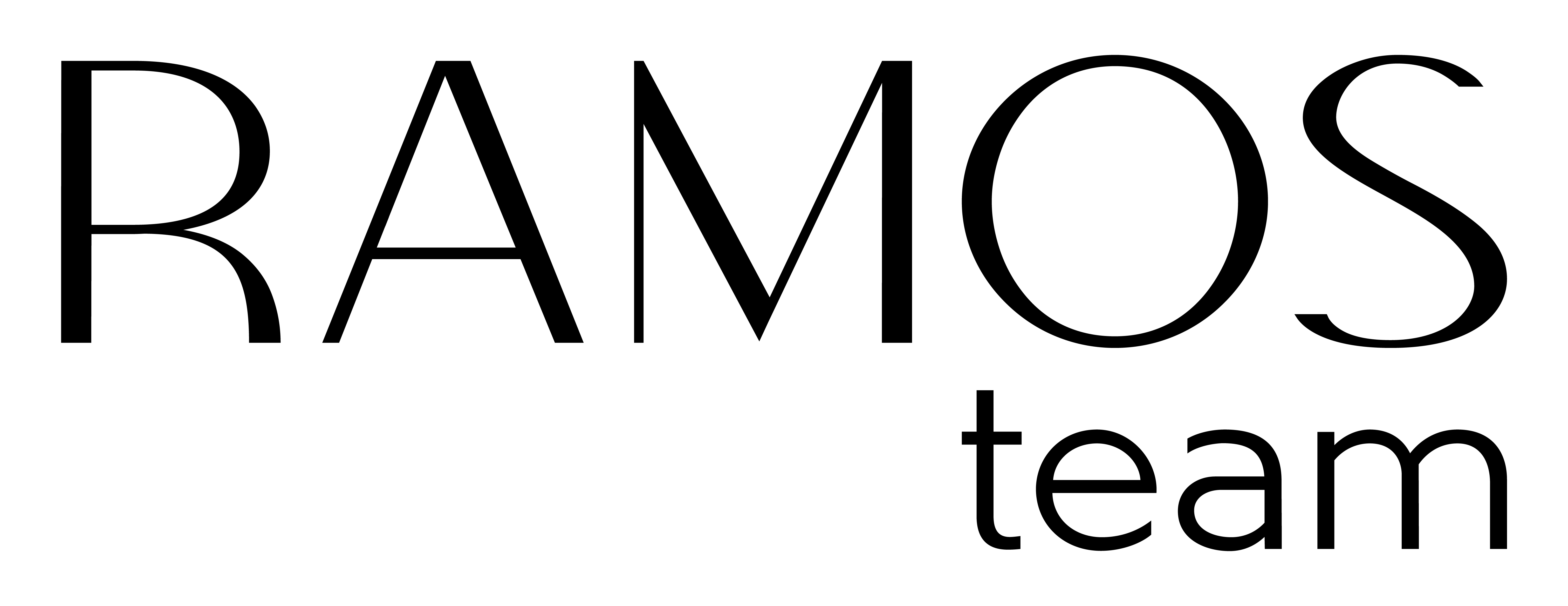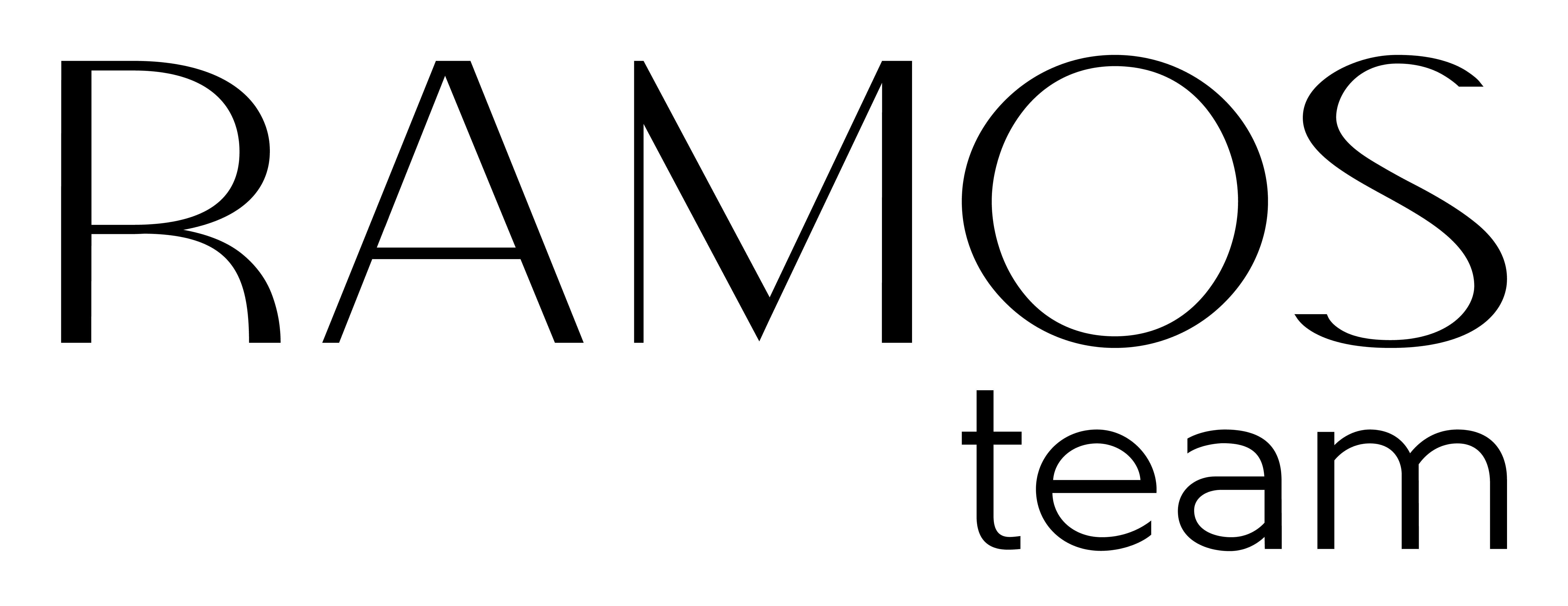Debunking Myths about Homeowners Insurance in Toronto
Homeowners insurance is one of those things people often overlook until they need it. Unfortunately, when dealing with a crisis—maybe a tree crashes through the roof, a burst pipe floods the basement, or worse—it’s too late to address any misconceptions about your policy. Let's clear up some common myths about homeowners insurance so you can make informed decisions about protecting your home.
Myth #1: Homeowners Insurance Covers Everything
A big misconception is that homeowners insurance covers all types of damage or disasters. However, many policies come with exclusions. Typically, standard policies in Toronto don't cover:
- Flood damage: Homeowners usually need a separate flood insurance policy through the National Flood Insurance Program (NFIP) or private insurers.
- Earthquake damage: Coverage is often available as an add-on or a separate policy, depending on the insurer.
- General wear and tear or maintenance issues: Insurance is for sudden and accidental damage, not for deterioration over time due to neglect or aging.
- Sewer backups: Standard policies generally don’t cover sewer or drain backups, but you can usually get a rider for extra protection.
Be sure to read your policy and understand what’s covered and what’s not.
Myth #2: My Home is Insured for Its Market Value
Many homeowners think their insurance should match the market value of their home. In reality, insurance is based on the cost to rebuild the home, not its resale value. Market value includes factors like land and location, while replacement cost focuses on materials and labour to reconstruct the home as it was. With construction costs fluctuating in Toronto, it's essential to review your policy regularly to ensure you have adequate coverage.
Myth #3: If Someone Gets Hurt on My Property, It’s Always Covered
Liability coverage in a homeowners insurance policy protects you if someone gets injured on your property, but there are exceptions. For instance, if you ignored a problem like a rotting deck railing and someone gets hurt because of it, you could be sued for damages beyond your policy limits. Also, if you run a business from home and a client gets injured, your standard policy may not cover it.
Myth #4: My Policy Covers My Valuables Fully
Most homeowners policies have coverage limits for expensive items like jewellery, artwork, collectibles, high-end electronics, and firearms. While your policy may provide some protection, it often comes with per-item or category caps that may be far lower than your belongings' actual value. To ensure your valuable items are fully protected, you can add a scheduled personal property endorsement or rider to insure them for their full appraised value. Regularly review your policy, get professional appraisals, and keep an updated inventory of your possessions.
Myth #5: I Don’t Need Additional Insurance Because I Work from Home
With more people working remotely, it's common to assume your standard insurance fully covers work-related equipment and activities, but this is often not the case. Standard homeowners policies may offer limited coverage for business property and might have restrictions on how much work equipment they cover. Items owned by your employer may not be covered at all.
Key coverage gaps include:
- Limited coverage for work equipment: Your policy may only reimburse up to a certain amount and might not cover employer-owned equipment.
- No business liability protection: If a client, customer, or delivery person is injured on your property, you could be personally responsible.
- Business inventory: Products or materials stored at home likely won’t be protected against theft, fire, or other damage.
To stay protected, consider options like home-based business policies, business property endorsements, and commercial liability coverage. Check with your insurer to ensure you have the right coverage before an unexpected loss occurs.
Myth #6: Homeowners Insurance Covers Mold and Termite Damage
Mold and pest damage are generally seen as preventable maintenance issues. Most policies don’t cover them unless they result from a covered incident, like water damage from a burst pipe. Long-term humidity or leaks left unaddressed aren't covered, leaving you to handle the cost.
Myth #7: If My Neighbour's Tree Falls on My House, They Pay for It
This one surprises many people. In most cases, your insurance covers damage to your property, regardless of where the tree came from. However, if your neighbour knew the tree was dead and did nothing about it, you might be able to file a claim with their insurance or take legal action.
Myth #8: Filing a Claim Always Leads to Higher Premiums
This isn't always true. Insurance companies consider various factors when adjusting rates, including your claims history, the type of claim, and your location in Toronto. A single small claim may not impact your premium much, but frequent claims or a history of high payouts could increase your rates. Weigh the cost of repairs against your deductible before filing.
Final Thoughts
Homeowners insurance is an essential safeguard, but it’s not a one-size-fits-all solution. Understanding what’s covered and what isn’t can help you avoid costly surprises. If you’re unsure about your coverage, consider sitting down with your insurance agent to review your policy and ensure you have the right protection in place.
Questions about homeowners insurance and its impact on your real estate decisions in Toronto? Let's chat.
Thinking about selling your home?
Get in touch. We'll guide you through every step of the process to ensure a smooth transaction that meets your goals.




